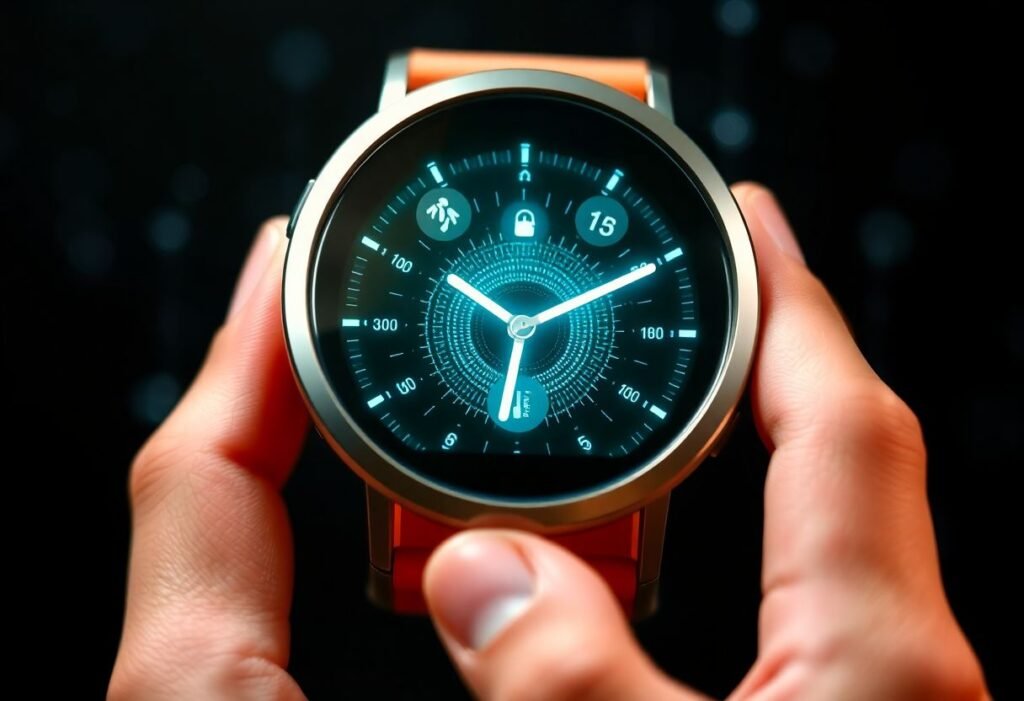The Internet of Things (IoT) is revolutionizing various industries, and personal fitness devices are no exception. These innovative tools are reshaping how people approach their health and fitness goals, making it essential to explore their impact on personal fitness.
Integration of IoT in Fitness Devices
The integration of IoT technology in personal fitness devices has led to smarter and more connected wearables. Devices such as smartwatches, fitness trackers, and smart gym equipment capture real-time data on users’ performance and health metrics. This integration means that users can track their progress seamlessly and receive personalized coaching based on their unique fitness data. The sophistication of these devices ensures they remain at the forefront of fitness innovation, appealing to health enthusiasts and casual users alike.
Real-Time Health Data Tracking
One of the most significant advancements driven by IoT is real-time health data tracking. Wearables can monitor heart rate, calorie expenditure, sleep patterns, and even blood oxygen levels. This continuous data collection enables users to recognize trends and make informed decisions about their health. Moreover, the ability to share this data with healthcare professionals paves the way for enhanced medical insights. The correlation between physical activity and health outcomes is becoming clearer, supporting a proactive approach to wellness.
Enhanced User Experience
Modern fitness devices are designed with user experience in mind, thanks to IoT capabilities. Users benefit from customizable dashboards and mobile apps that compile their fitness data in understandable formats. The gamification aspects, such as challenges and achievements, create an engaging atmosphere for users. IoT-enabled devices enhance motivation by providing immediate feedback on performance, fostering a sense of community through social features that allow users to share their progress and insights with friends.
Predictive Analytics for Personalization
With the wealth of data collected via IoT devices, companies can employ predictive analytics to create tailored workout programs. Algorithms can analyze a user’s fitness history and behavior to suggest the most effective routines and nutrition plans. This level of personalization transforms the fitness journey, making it easier for users to achieve their individual goals. The dynamic nature of these insights helps maintain user engagement and promotes long-term commitment to fitness.
Challenges in Adoption
While the advancements in personal fitness devices are remarkable, several challenges remain. Privacy concerns regarding data security are prevalent as users share sensitive health information with their devices. Companies must prioritize encryption and user consent to assure customers about their data safety. Additionally, the cost of high-tech devices can be a barrier, requiring manufacturers to find a balance between quality and affordability to ensure broader access.
Future of IoT in Fitness Technology
The future of IoT in personal fitness devices is bright, with numerous innovations on the horizon. Emerging technologies like artificial intelligence (AI) will enhance user interactions, providing even more tailored experiences and improving device functionality. As wearable technology continues to evolve and becomes increasingly integrated into daily life, users can expect to see advancements that not only motivate them but also achieve an overall improvement in their health and fitness journeys.
Disclaimer: This article is for informational purposes only and should not replace professional advice. Always consult a healthcare professional for fitness guidance.





















